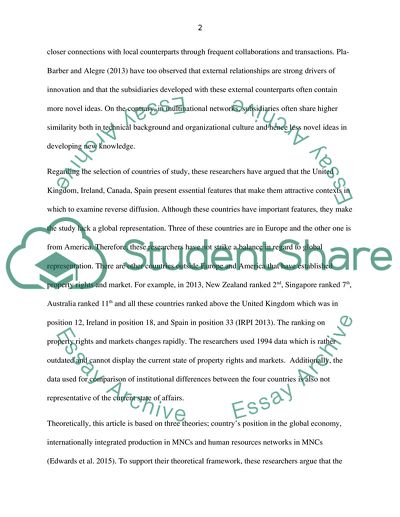Cite this document
(“Subsidiaries of Multinationals are the Source of Novel Practices Assignment”, n.d.)
Subsidiaries of Multinationals are the Source of Novel Practices Assignment. Retrieved from https://studentshare.org/literature/1701821-why-are-some-subsidiaries-of-multinationals-the-source-of-novel-practices-while-others-are-not-national-corporate-and-functional-influence
Subsidiaries of Multinationals are the Source of Novel Practices Assignment. Retrieved from https://studentshare.org/literature/1701821-why-are-some-subsidiaries-of-multinationals-the-source-of-novel-practices-while-others-are-not-national-corporate-and-functional-influence
(Subsidiaries of Multinationals Are the Source of Novel Practices Assignment)
Subsidiaries of Multinationals Are the Source of Novel Practices Assignment. https://studentshare.org/literature/1701821-why-are-some-subsidiaries-of-multinationals-the-source-of-novel-practices-while-others-are-not-national-corporate-and-functional-influence.
Subsidiaries of Multinationals Are the Source of Novel Practices Assignment. https://studentshare.org/literature/1701821-why-are-some-subsidiaries-of-multinationals-the-source-of-novel-practices-while-others-are-not-national-corporate-and-functional-influence.
“Subsidiaries of Multinationals Are the Source of Novel Practices Assignment”, n.d. https://studentshare.org/literature/1701821-why-are-some-subsidiaries-of-multinationals-the-source-of-novel-practices-while-others-are-not-national-corporate-and-functional-influence.


